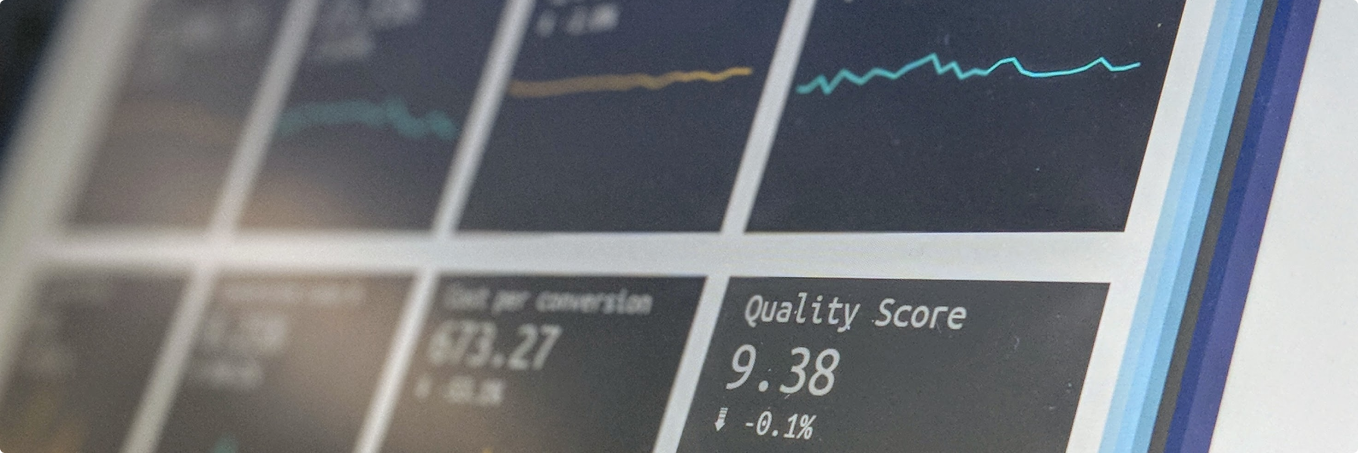
Article written by:
Examining large amounts of data implies, first, transforming data into information, it means, structuring for processing; thus, the use of organized, reliable and accurate methodologies is mandatory.
Before we start an analysis, we need to know what the purpose is. This will determine the depth of its verifications and the angles from which to check. The depth of the analysis also depends on the purpose of it.
Maintaining objectivity is paramount in analyzing possible correlations or subordinations between data; If this is not perceived, we run the risk of finding conclusions that do not serve the purpose of the analysis at all.
Competence in this field always involves processing data to find behavioral patterns and verifying risks and opportunities.
This analysis can be supplemented by experts that using filters that fit the activity area, prescribe results of each action.
Indexing the time and context of the analysis and objective is uppermost as a means of ensuring that the conclusions serve to leader’s decision.
Right now, we need special attention to Sources of Information, as fake news is present on many different channels and this may distort our results.
Nowadays, developing this capacity is becoming critical specially in the world of increasingly competitiveness to maintain companies with positive results and successful operations.
The goal is to turn data into information, and information into insight.
Carly Fiorina (1954- ), Former CEO of HP